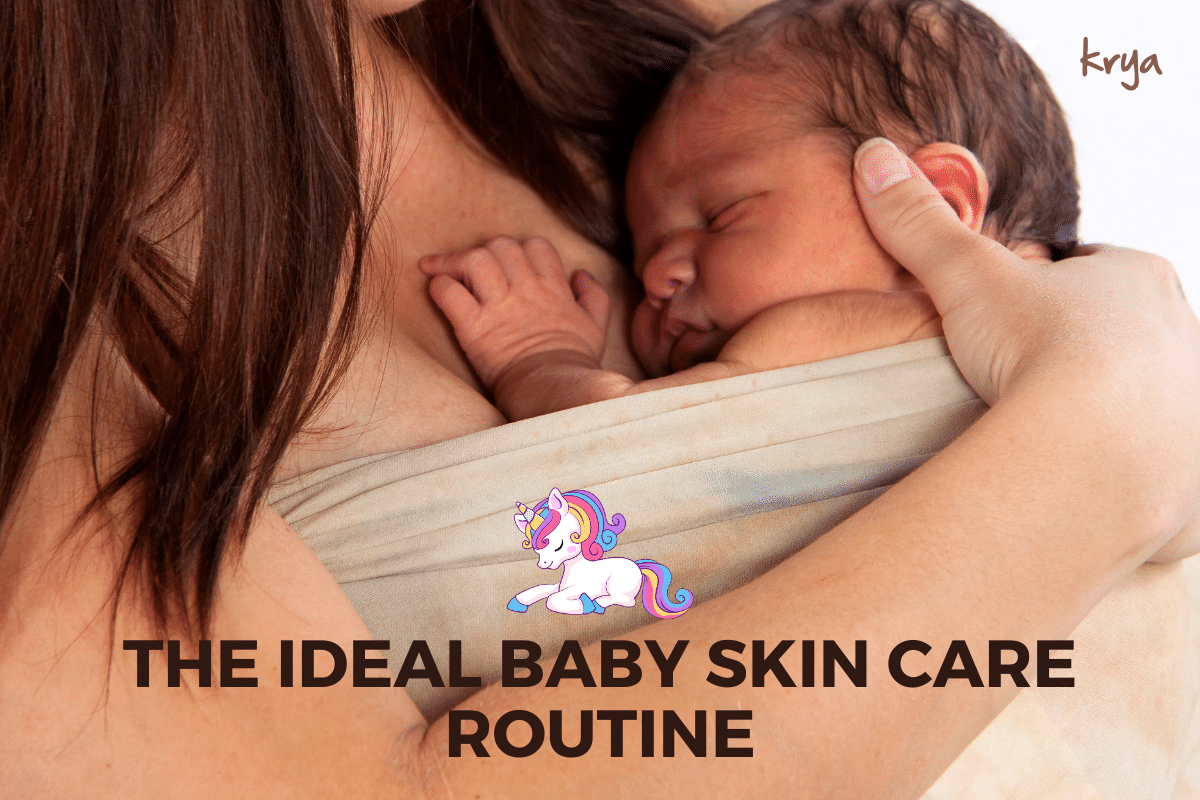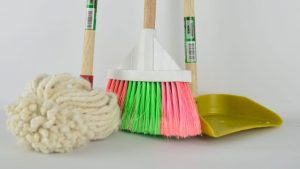The “tidy man“ logo can be found somewhere in the nether regions of many consumer product labels, especially food products. It places a responsibility on me to dispose the packaging material in a trash can after using the product inside. This idea and the tidy man logo was created to keep the streets in U.K. litter free by a British charity called “keep Britain tidy” in the ‘70s. It is now commonly used across the world on all types of products.
Now this idea has been around for nearly 40 years and I am not sure if there has been any measurable impact in the way consumers dispose packaging material. Certainly the fact that this logo is now a footnote on most labels gives an indication of its impact.
It is one thing not to litter
It is entirely another thing to recycle
Along came recycling
Around the same time in the ‘70s came the recycling logo. Depending on material type, consumer product manufacturers started using an array of recycling symbols, all based on the classic 3-arrow logo. (For more on the symbols, refer to our earlier post on this).

Again the responsibility of recycling was handed over by the manufacturer to me when I paid for the product. It is up to me to figure out the meanings of the different symbols and dispose accordingly. This is really is a shot in the dark and the odds of it getting done are desperately low.
This brings us to the concept of Extended Producer Responsibility.
EPR
When does the manufacturer’s responsibility end?
In the dark ages, I paid money and received a product and that was it. The manufacturer’s role ended.
The next stage obviously was the concept of customer care. So the manufacturer had to account for the product’s performance as long as I was consuming it. I had some recourse in case I was not happy with the product’s performance.
In this equation we now have a third variable, the environment.
The struggle (if any) has been to decide who really is responsible for the environment. As a result manufacturers took the trouble of putting the “tidy man” and “recycling” logos on their product. Unlike customer care there is no legal sanction for this and till date there is no clear mandate for manufacturers to account for proper disposal of every part of their products.
Extended Producer Responsibility means that the manufacturer is responsible for the product from design, consumer use to disposal. It covers the entire product life cycle.
This is a whole new idea and a whole new responsibility. It forces designers think about products in an entirely new way.
All over the world, local civic bodies are alarmed at rate at which landfills are getting used up, especially with toxic e-waste. E-waste especially from mobile phones has given cause for this alarm and even the Indian government has a draft proposal for Extended Producer Responsibility for electronics manufacturers.
This has lead to some companies like Nokia putting up a recycling bin at their stores to collect old phones and prevent them from ending up in a landfill.
In the case of consumer product companies, metallised plastic is one material that is extremely difficult to recycle or dispose correctly. It is widely used for convenience foods like chips and biscuits and due to the high volumes, is as much a concern as toxic e-waste. It is a material that sorely needs some EPR.
The EPR concept gives the manufacturer 2 options
- Pay for disposal of their product waste in the form of a tax.
- Create a reverse logistics chain to collect their product waste.
Obviously the cost of Extended Producer Responsibility depends on the type of waste the product generates.
The bright side of EPR
The key for manufacturers is to look at EPR as a way to innovate. For example, ASUS has created a bamboo laptop. That is just awesome.
Another bright star in the EPR movement is a company that we love called Teracycle. They have created a breakthrough business model where consumers get paid to send product waste to teracycle collection points. They then create cool products from the waste to make the whole chain financially viable.
Terracycle has created a terrific platform for manufacturers to participate in and take extended producer responsibility.
EPR in India
There are several companies in India that have created a business model by collecting e-waste and extracting useful metals from it. What we don’t have is a Terracycle that addresses the waste from consumer products.
I am sure it is just a matter of time.




